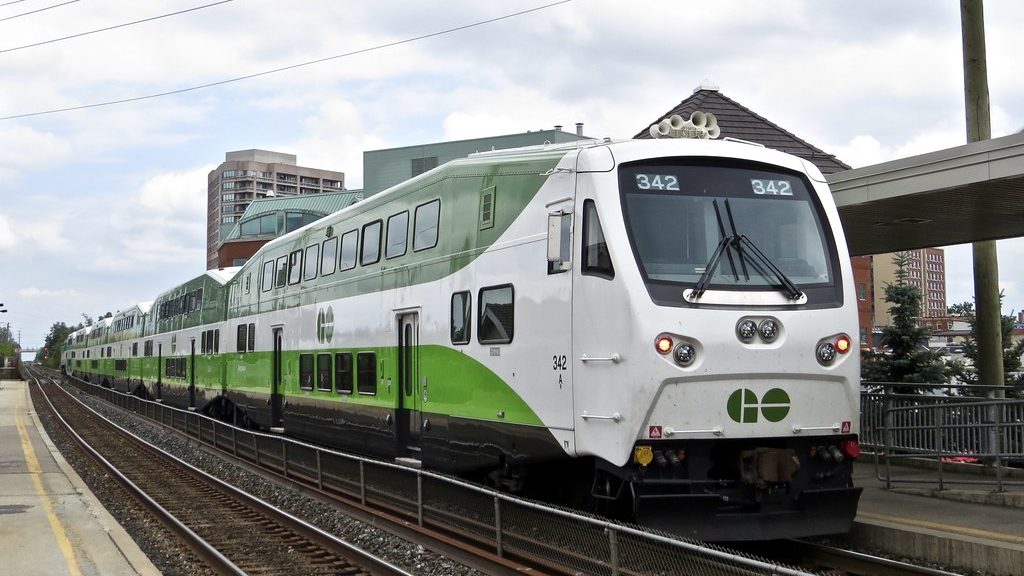Federal Liberal leader selection: How voting works
Posted April 1, 2013 2:25 pm.
This article is more than 5 years old.
The federal Liberals will choose a new leader in April nearly two years after Michael Ignatieff announced his resignation.
The leadership race began with nine candidates, but has dwindled to six. David Bertschi, Toronto lawyer George Takach and former astronaut Marc Garneau dropped out, with the latter declaring that rival Justin Trudeau’s victory was “a fait accompli.”
Internal polling conducted by Garneau’s campaign showed Trudeau had the backing of 72 per cent of Liberal members and supporters. Garneau said he was a “solid second” with 15 per cent, followed by Vancouver MP Joyce Murray with just over 7 per cent and former Toronto MP Martha Hall Findlay with just over 5 per cent.
Trudeau and five others — Martin Cauchon, Deborah Coyne, Hall Findlay, Karen McCrimmon and Murray — are the remaining candidates.
But whomever is chosen will have a much tougher battle trying to win Canada’s top job.
He or she will be faced with a majority Conservative government and Prime Minister Stephen Harper, who’s held the reins for seven years. And for the first time in the country’s history, the Liberals are going into the next federal election – tentatively scheduled for October 2015 – as the third party, with the NDP as the official Opposition.
Voting begins April 7 and the Liberals will unveil their new leader on April 14 in Ottawa. Here’s how the process works.
Who is eligible?
For the federal Liberal leadership convention, voting is open to all members and supporters who registered before the deadline. The deadline is always 41 days before the convention – in this case, the deadline was March 3. But it was extended to March 21.
Eligible voters must also have paid the necessary fees and complied with all registration procedures.
How is voting conducted?
Voting will conducted online and by phone.
How voting works:
During the leadership convention, each delegate will only vote once in the preferential ballot system. Voting begins on April 7.
The delegate will write down all the candidates they support, in order of preference, on a single ballot.
Then, the points system comes into effect, to ensure all 308 ridings is equally represented. (However, critics contended that doesn’t mean every region of Canada is equally represented. Ridings are based on population, so there are 106 ridings in Ontario, for example, and just 32 in all of the Maritimes.)
Each riding is awarded 100 points, for a total of 30,800 points up for grabs.
Each candidate receives the number of points that reflects their per cent of the vote in a riding. All the points in all the ridings are counted nationally.
A candidate needs a 50 per cent plus one majority.
If one candidate receives a majority after the first tally, he or she is declared the winner. If not, the candidate with the least amount of votes is eliminated in a runoff vote.
The delegates’ initial ballot sheet is then counted again, discounting that one candidate.
The process continues until a winner is selected.










